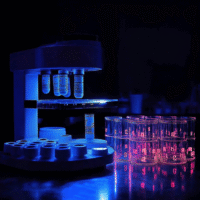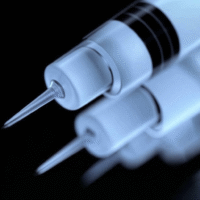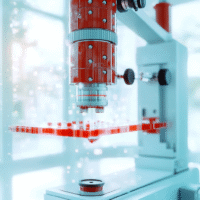Understanding the Study Results
The study looked at how well different tools help preserve tooth structure during a procedure called pulpectomy in children’s back teeth. The tools compared were:
- The naked eye
- Surgical loupes (magnifying glasses)
- A dental operating microscope (DOM)
What Worked?
- Dental Operating Microscope (DOM): This tool helped keep more of the tooth structure intact and allowed for better detection of the canals inside the tooth.
- Surgical Loupes: These took the least time to complete the procedure, making them efficient.
What Didn’t Work?
- Naked Eye: Using just the naked eye led to more tooth structure loss and was less precise in finding the canal orifices.
Benefits for Patients and Clinics
Using magnification tools like the DOM can lead to better treatment outcomes for children needing dental procedures. This means:
- Less damage to their teeth.
- Fewer follow-up treatments needed.
Real-World Opportunities
- Clinics can start using DOM and surgical loupes to improve the quality of care for young patients.
- Training staff on these tools can enhance skills and outcomes.
Measurable Outcomes to Track
- Amount of tooth structure preserved after procedures.
- Time taken to complete the pulpectomy.
- Success rate of canal identification.
AI Tools to Consider
There are AI tools that can assist in analyzing images of teeth, helping dentists better assess the condition of the tooth structure after treatment.
Step-by-Step Plan for Clinics
- Start Small: Introduce surgical loupes in a few cases to see how they work in your practice.
- Training: Provide training for staff on how to use the DOM effectively.
- Monitor Outcomes: Keep track of the measurable outcomes mentioned above.
- Expand Use: As staff become comfortable, gradually increase the use of magnification tools in more cases.
By following these steps, clinics can enhance their dental care for children while achieving better results.
For more details on the research, you can read it here.




























